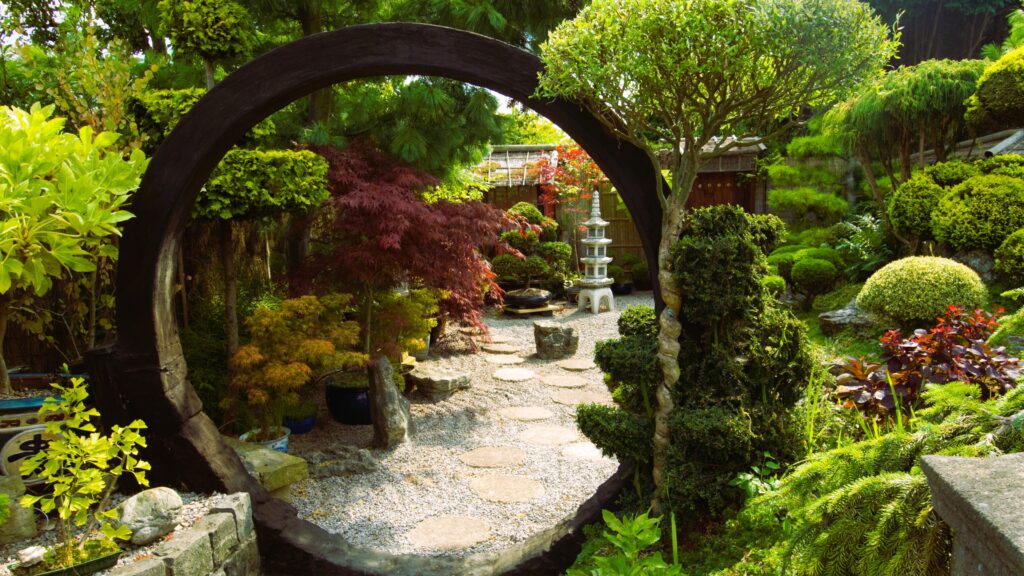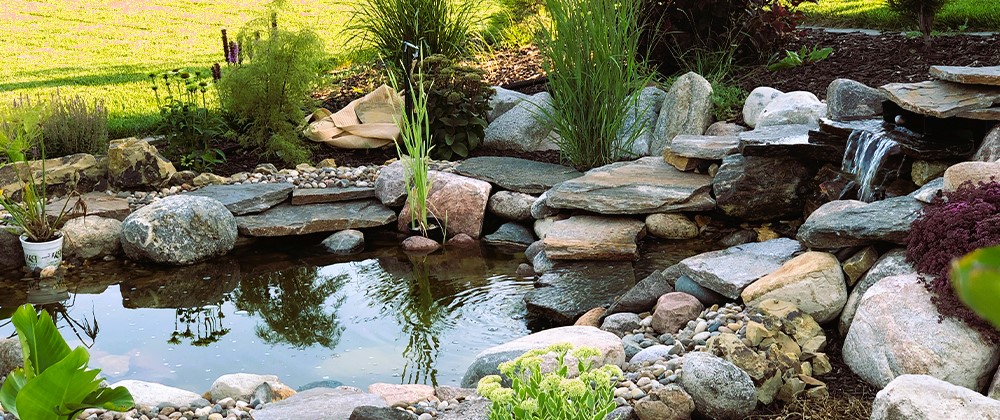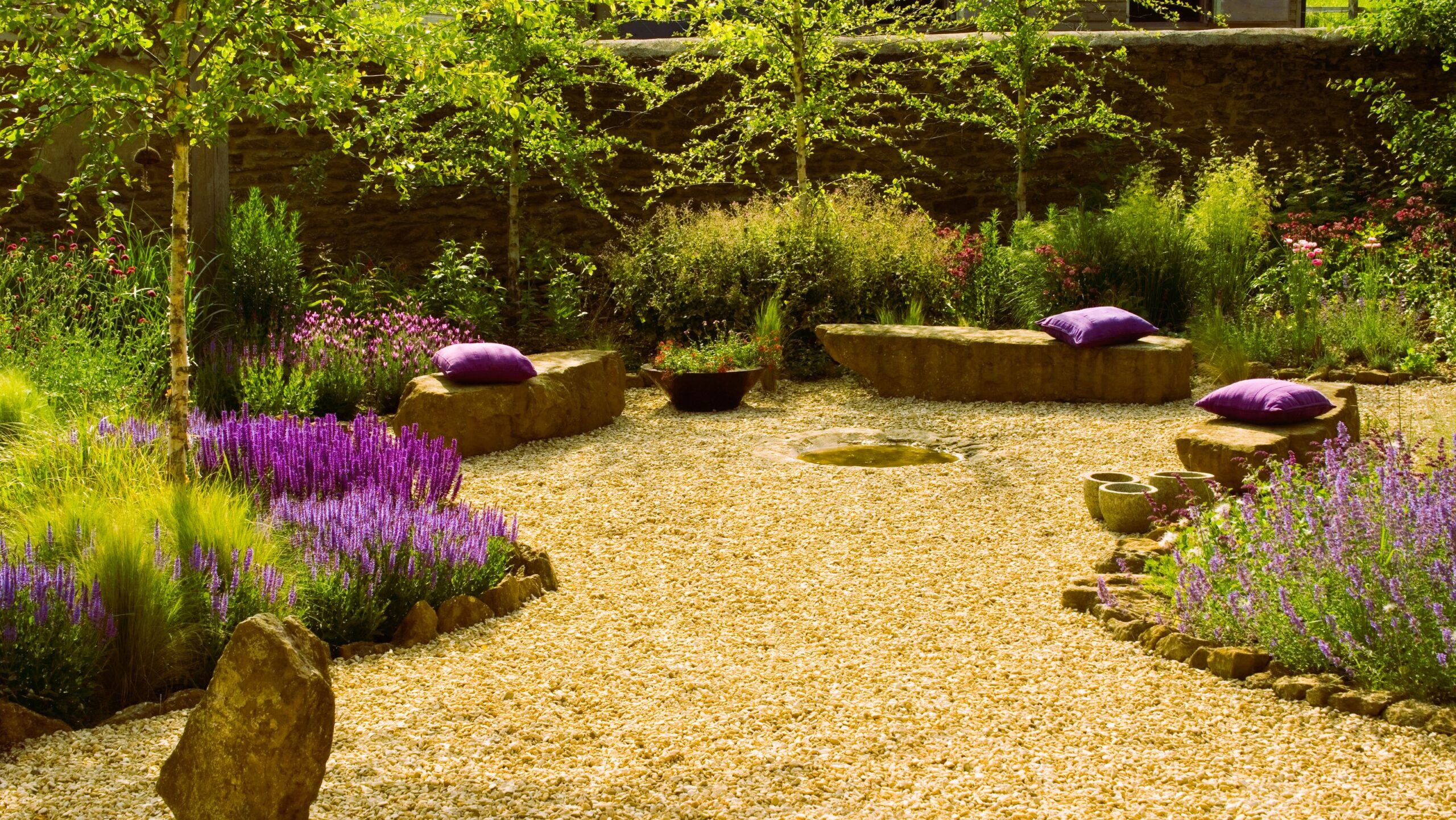A natural landscape in a garden evokes a sense of tranquility, harmony, and a deep connection with the natural world. It allows individuals to escape the confines of urban living and immerse themselves in the beauty of nature. This article explores the importance of nature’s inspiration in creating a natural landscape in your garden and provides insights into how to transform your outdoor space into a serene haven that reflects the wonders of the natural environment.
Embracing the Beauty of Native Plants
Native plants play a crucial role in creating a natural landscape. They are adapted to the local climate and require minimal maintenance, making them ideal choices for a sustainable garden. By incorporating native plants into your garden, you not only celebrate the region’s unique flora but also provide habitat for local wildlife, such as birds, butterflies, and bees. These plants add a sense of authenticity to your landscape and contribute to the overall harmony and balance of the design.
Designing with the Land’s Natural Features
When creating a natural landscape, it is important to work with the land’s natural features rather than against them. Take into account the topography, soil composition, and drainage patterns of your garden. Consider incorporating existing rocks, slopes, or water features into your design to enhance the natural beauty of the space. By designing in harmony with the land, you can create a seamless transition between your garden and the surrounding natural environment. The art of flower arranging, see the link for more details.
Creating Wildlife-Friendly Spaces

A natural landscape should not only be aesthetically pleasing but also provide a sanctuary for wildlife. Incorporate elements that attract and support a diverse range of species. Plant native flowering plants to provide nectar for pollinators, install bird feeders and nesting boxes to attract birds, and create small ponds or water features to provide water for wildlife. By inviting wildlife into your garden, you contribute to the ecological balance and create a vibrant and dynamic natural landscape.
Utilizing Sustainable Gardening Practices
Sustainability is at the core of creating a natural landscape. Implement eco-friendly gardening practices to minimize your impact on the environment. This includes conserving water through the use of rain barrels or drip irrigation systems, practicing organic gardening methods, composting kitchen scraps and garden waste, and using natural mulch to conserve soil moisture and suppress weeds. By adopting sustainable practices, you can create a garden that thrives in harmony with nature.
Blending Hardscape and Softscape Elements
In a natural landscape, the hardscape and softscape elements should seamlessly blend together. Use natural materials such as stone, gravel, or wood to create paths, patios, and seating areas that harmonize with the surrounding environment. Soften the hardscape with a variety of plantings, including grasses, wildflowers, and groundcovers, to create a more organic and natural feel. The combination of hardscape and softscape elements creates a balanced and inviting natural landscape.
Maintaining a Balanced Ecosystem
A natural landscape is a thriving ecosystem that requires careful maintenance to ensure its long-term health and vitality. Avoid the use of chemical pesticides and herbicides that can harm beneficial insects and disrupt the ecological balance. Instead, practice integrated pest management techniques, such as attracting beneficial insects and using natural pest deterrents. Regularly monitor the health of your plants and address any issues promptly to maintain a vibrant and balanced ecosystem in your garden.

Conclusion
Creating a natural landscape in your garden is a way to connect with the beauty of nature and create a serene and harmonious outdoor space. By embracing native plants, working with the land’s natural features, creating wildlife-friendly spaces, utilizing sustainable gardening practices, blending hardscape and softscape elements, and maintaining a balanced ecosystem, you can transform your garden into a haven that reflects the wonders of the natural environment.
For more information on creating a natural landscape and practicing sustainable gardening, you can visit the following websites:
- ISCBC (Invasive Species Council of British Columbia) – Wildlife-friendly gardening: Link
These resources provide valuable insights and resources to help you create a natural landscape that celebrates the beauty of nature and promotes a sustainable and vibrant garden environment.

